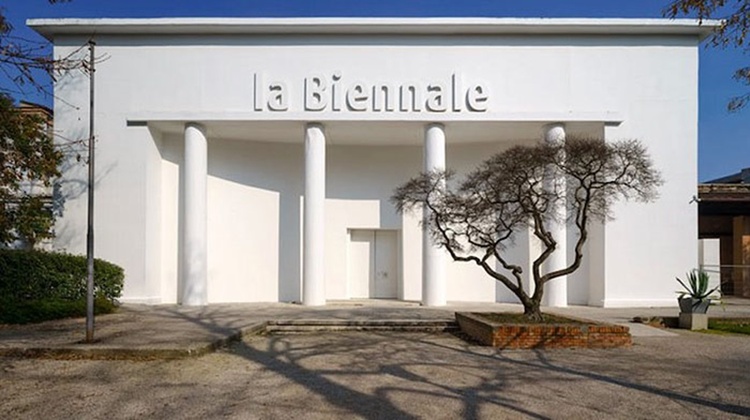
Latin American art at the Venice Biennale 2024
The Venice Art Biennale, which can be visited until November 24, will have a significant Latin American presence of 114 artists who represent more than a third of the participants in the 60th edition of this significant event.
Under the title “Foreigners everywhere” the biennial will bring together artists from Latin America and the Caribbean, which on this occasion is curated for the first time by a representative from South America, the Brazilian Adriano Pedrosa. Born in 1965, Pedrosa directs the renowned MASP (Museum of Art of São Paulo) and is the first Latin American invited to the Biennial. For the curator, the title has several meanings. “First of all, wherever you go and wherever you are, always you will find foreigners (…) and, secondly, that no matter where you are, you are always truly a foreigner,” Pedrosa explained in a statement.
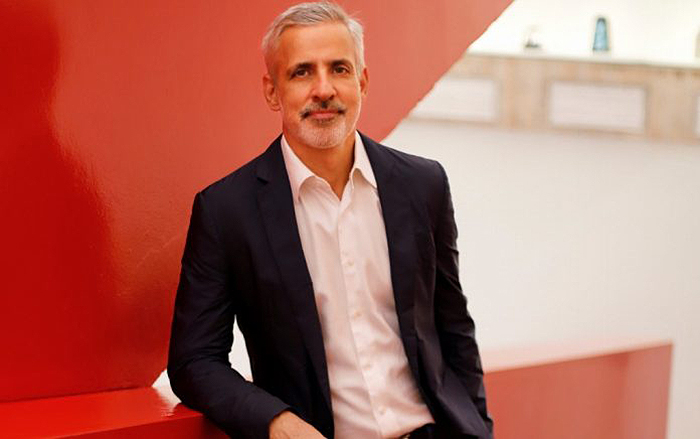
Adriano Pedrosa, curator of the Venice Art Biennale Photography: @la_Biennale
The presence of indigenous art will play an important role in this exhibition with a monumental mural by the Makhu Collective of Brazil, which will welcome visitors on the main façade of the Central Pavilion. Divided into two sections, “Contemporary Core” and “Historical Core”, contemporary art, works from the 20th century and a series of pieces from the Claire Fontaine group will converge, with neon sculptures of different colors that translate the phrase “Foreigners in everywhere".
Below is a selection of Latin American artists invited to the biennial:
Iván Argote (Bogotá, Colombia, 1983)
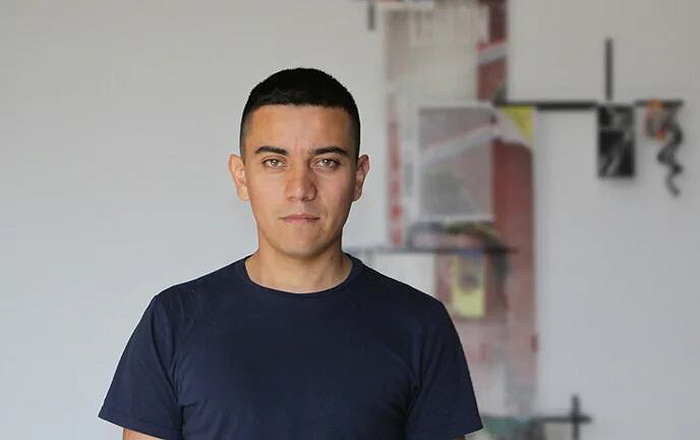
Iván Argote.
Iván Argote's work stands out for exploring the relationship between history, politics and the construction of our own subjectivities from critical and “anti-institutional” reflections through pieces whose presence impacts the viewer. His videos, sculptures, collages, and installations in public spaces raise questions about how we relate to others, to the State, and to traditions.
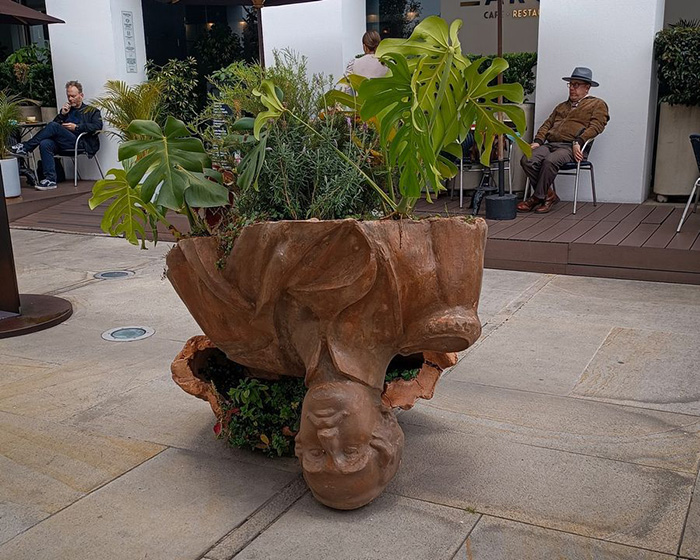
Gentlemen, 2023. MAMU. Photography: Úrsula Ochoa.
Abel Rodríguez (Canuinarí, Putumayo, 1941).
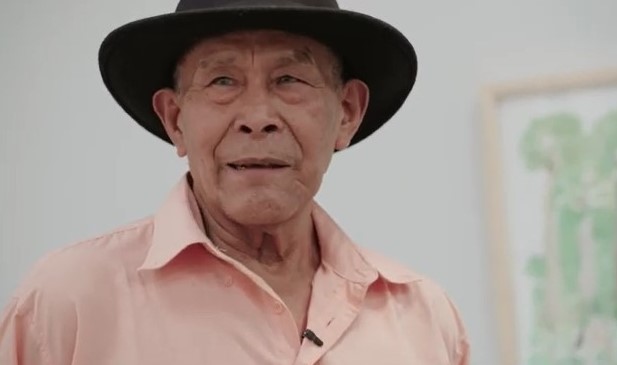
Abel Rodríguez for the documentary “Abel Rodríguez in Naming the Unnameable: Conversations about Art and Truth”, created by the Truth Commission.
Abel Rodríguez is part of the Nonuya people who inhabit Amazonian territories. He is an empirical artist whose work explores natural beauty by creating paintings that show the splendid wonders of the Amazon rainforests, their plants and their biodiversity.
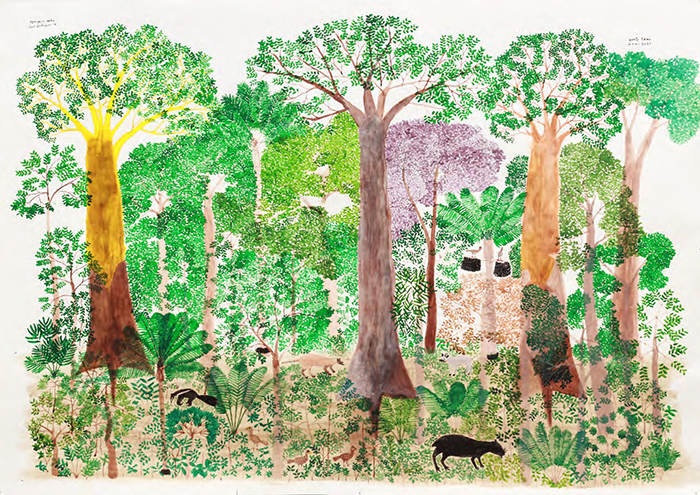
Abel Rodríguez, Monte Firm, 2020. Photography: Vision Institute.
Miguel Ángel Rojas (Bogotá, Colombia, 1946)
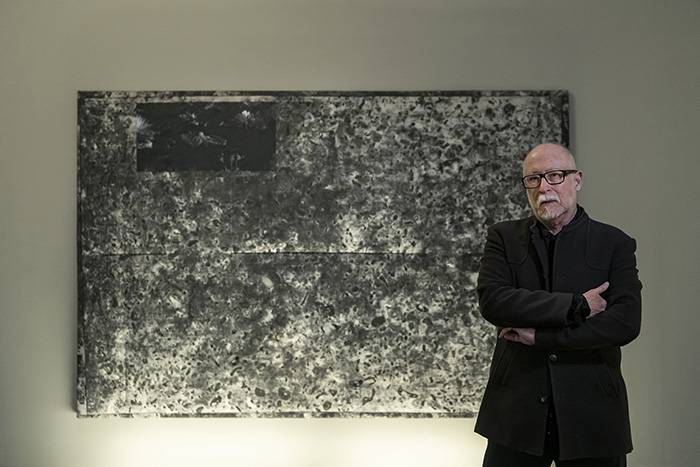
Miguel Ángel Rojas. Photography: Riegner Houses.
Miguel Ángel Rojas has established himself as one of the pioneers of conceptualism in Colombia and one of the first artists to break social taboos through works that range from drawing, sculptures, to installations where he reflects on complex issues related to sexuality, marginal culture, violence and problems related to drug consumption and production.
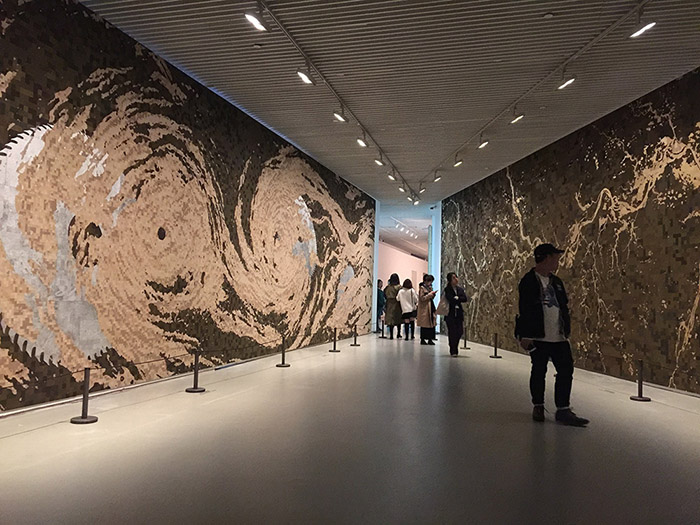
El Nuevo Dorado 2019 (Shanghai Biennale). Coca Mambe silkscreen and gold leaf.
Daniel Otero Torres (Bogotá, Colombia, 1985)
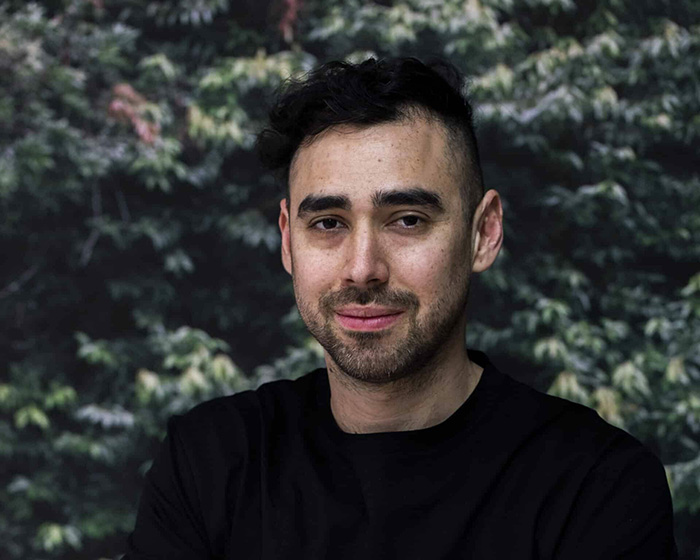
Gabriel Otero Torres. Photography: Drawing Lab Paris.
Daniel Otero Torres stands out for creating works that move on the border of drawing and sculpture until reaching installation. His drawings marked by a photorealistic line applied to monumental structures, create a dislocation of materials and contexts.
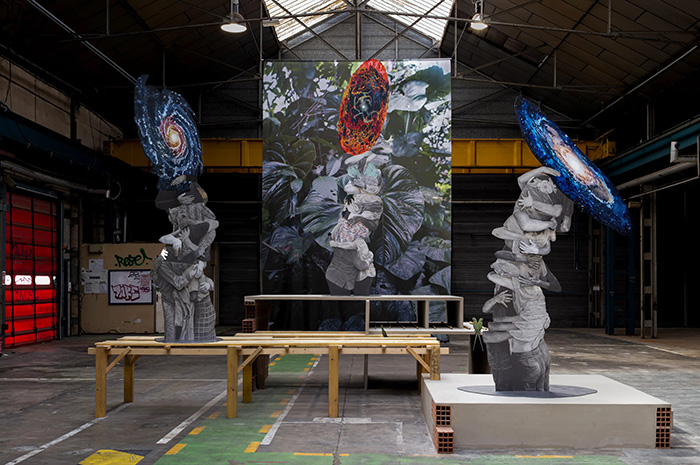
Manifesto of fragility, XVI Lyon Biennial. Photography: mor charpentier.
Embroiderers from Isla Negra (Chile, 1967-1980)
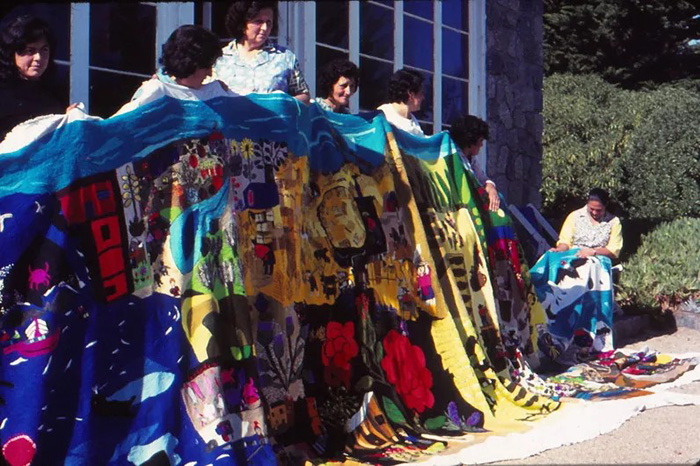
Isla Negra embroidery machines. Collective Embroidery 1972.
The Isla Negra Embroiderers are a collective of embroiderers conceived by Leonor Sobrino who carried out several social initiatives with children and mothers who were heads of families during the years from 1960 to 1968. From 1967 the collective was founded and under her mentorship and guidance, these Women began embroidering vivid scenes on flour bags using brightly colored needles and wool, creating authentic, warm, and spontaneous images of their own world.
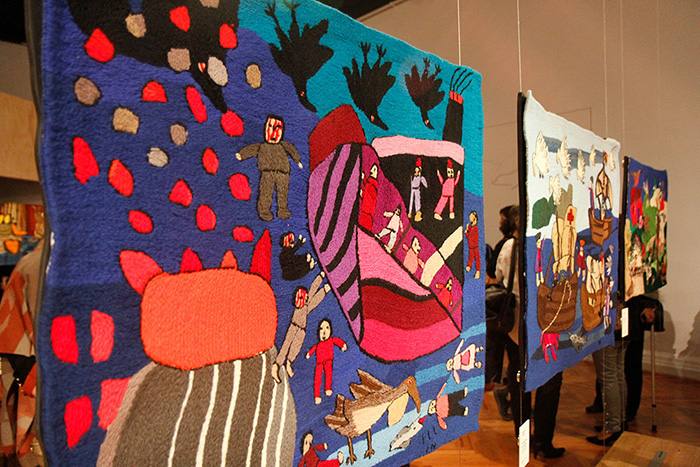
View of the exhibition, “Bordering the overflow. The embroiderers of Isla Negra in the MNBA 1969-2019.”
Sol Calero (Caracas, Venezuela, 1982)
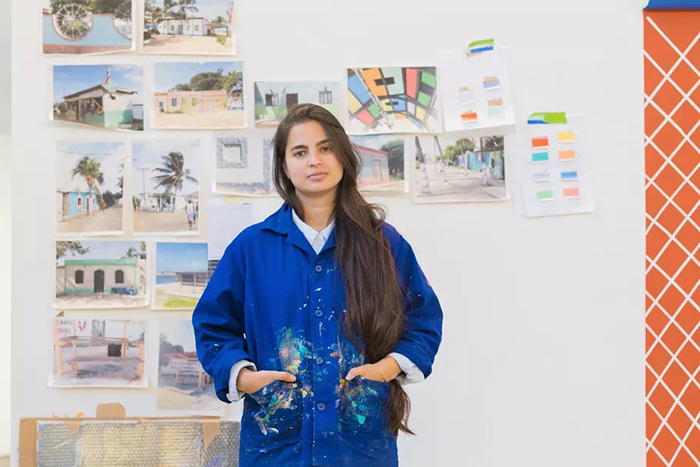
Portrait of Sol Calero during installation at Studio Voltaire by Damian Griffiths for Artsy.
Sol Calero creates site-specific installations that function as meeting spaces. He uses three-dimensional pieces and has staged situations ranging from a school to a spa or a currency exchange office. Calero's works are vibrant, bright and fun, while examining the political nuances of topics such as cultural representation, national identity, exoticism and marginalization.
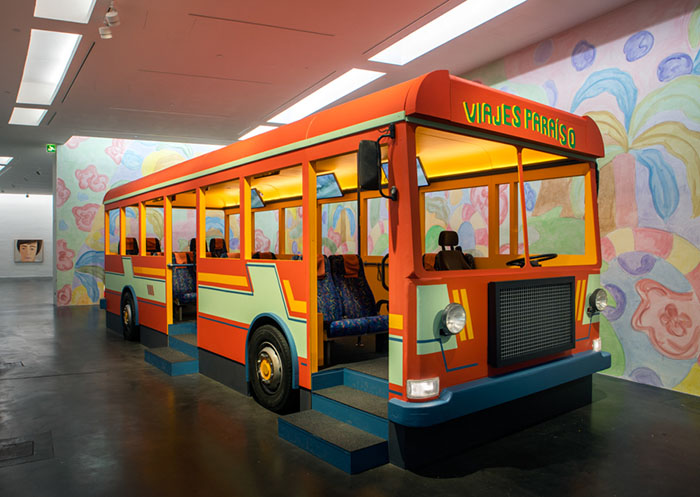
The Bus, 2019, Finnish National Gallery. Photography: Petri Virtanen.
River Claure (Cochabamba, Bolivia, 1997)
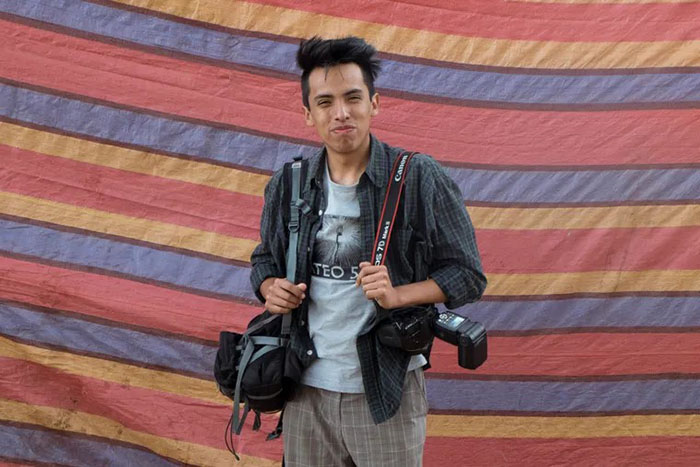
River Claure. Photography: National Geographic.
River Claure is a photographer and artist considered one of the most important emerging artists in Bolivia. His work explores and questions the notion of identity as something essential and stagnant; Furthermore, he addresses the landscape as an element of identification and how its destruction conditions community identities.
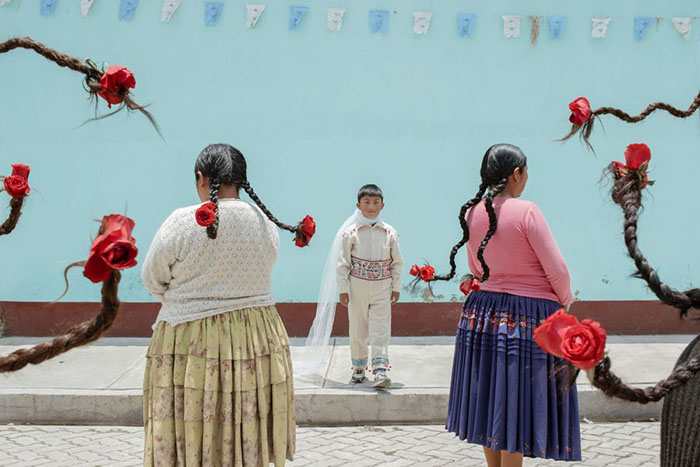
Villa Adela. From the Warawar Wawa series, 1029-2020.
Beatriz Cortez (San Salvador, El Salvador, 1970)
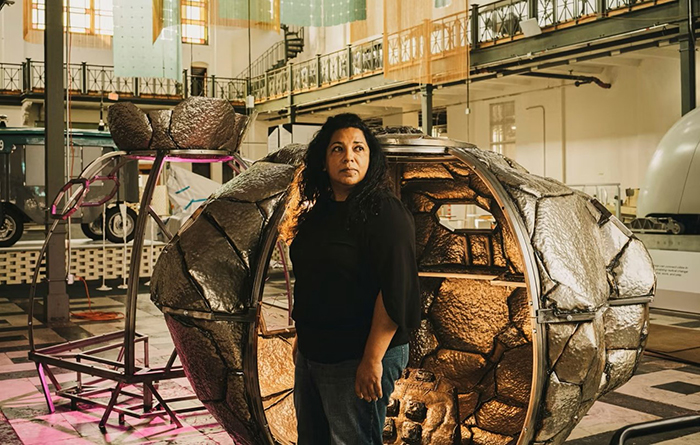
Beatriz Cortez in the Smithsonian Arts + Industries building, with her work “Chultún El Semillero” Photography: Greg Kahn.
Beatriz Cortez is a sculptor who fuses in her work simultaneity, life in different temporalities and different versions of modernity, particularly in relation to memory and loss after a war and the experience of migrating, in relation to imagining possible futures.
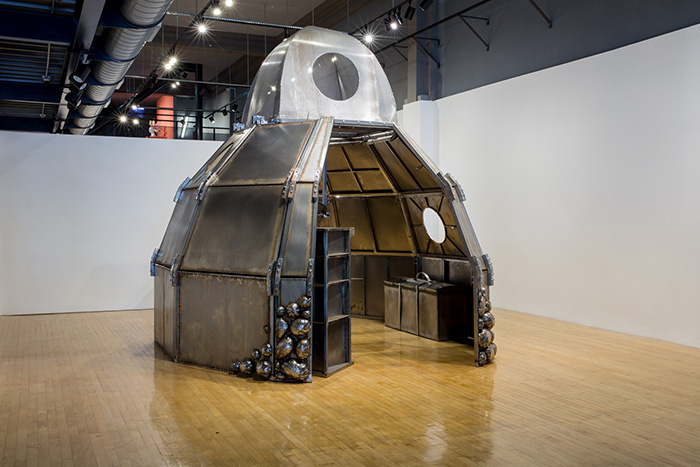
“Memory Insertion Capsule”. Photos by Nikolay Maslov.
La Chola Poblete (Mendoza, Argentina, 1989)
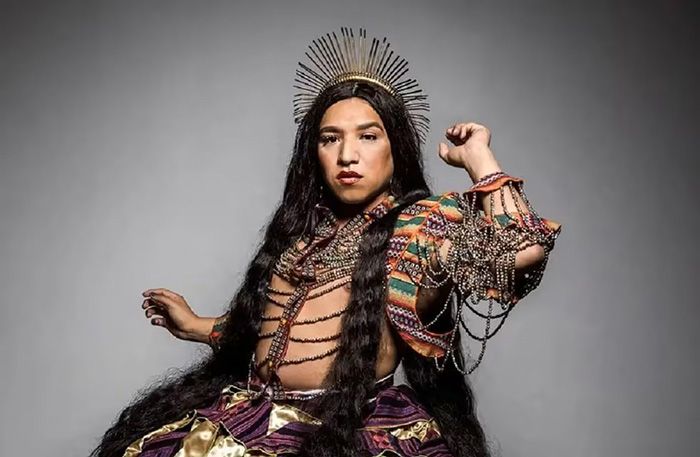
La Chola Poblete.
La Chola Poblete makes watercolor paintings, oil landscapes, bread sculptures and iron structures that build a body of work in the key of denunciation and vindication, where the dynamics of the cult are put up for debate. Using tools and formats around which she creates her own iconography, she intervenes in historical and contemporary imaginaries to explore the ambiguities of the story of the past and current political discourse.
Guaymallén, Palais Populaire, Berlin, 2023.
Paula Nicho Cumez (Comalapa, Guatemala, 1955)
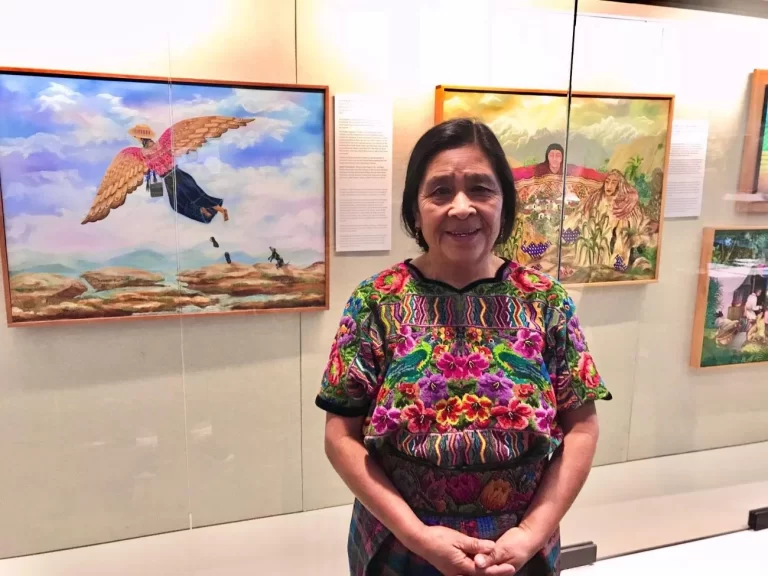
Paula Nicho Cumez.
Paula Nicho is Known for creating a community of Mayan Tz'uthile women artists called Kaqchikel Surrealist Painters. In her work you can see surreal worlds in which she addresses nature, the Kakchiquel Mayan worldview and the power of women. Likewise, her work has been described as a reflection of naive art (native art).
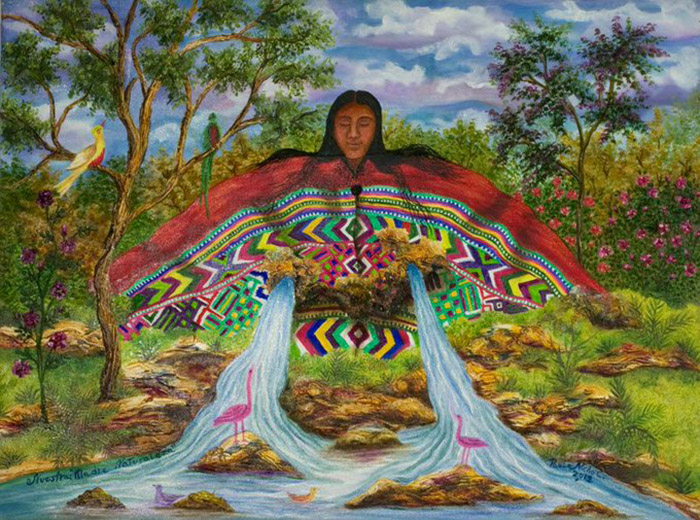
“Our Mother Nature” (2012). Photography: Paula Nicho.
Bárbara Sánchez-Kane (Mérida, Mexico, 1987)
Barbara Sanchez-Kane.
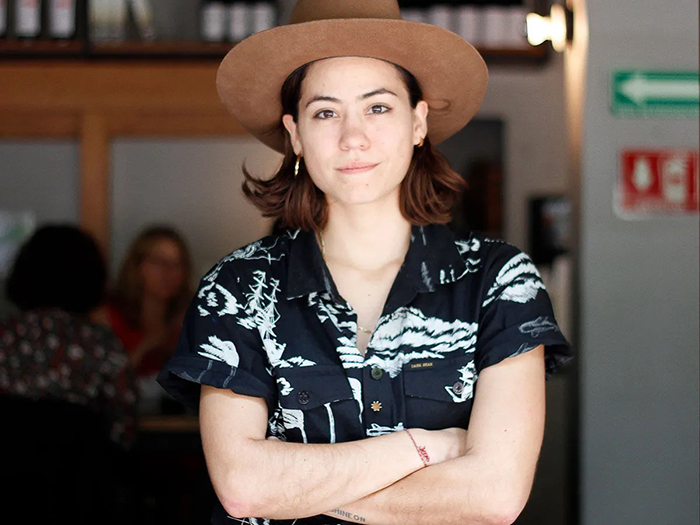
Bárbara Sánchez-Kane is an artist and designer in whose work she reveals the intersection between fashion and art, focusing on how clothing shapes our identity and self-expression. Sánchez-Kane, who goes by she and he, deconstructs and reimagines traditional identities through her clothing and sculptures.
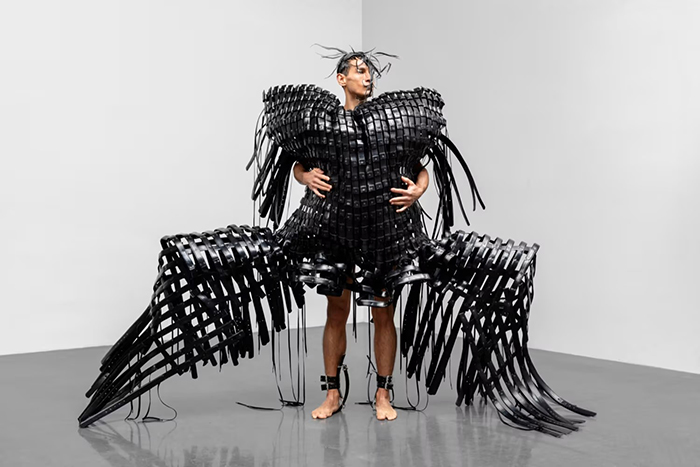
“New lexicons for the incarnation.” View of the exhibition at the Kurimanzutto gallery in NY.
Ana Segovia (Mexico, D.F., 1991)
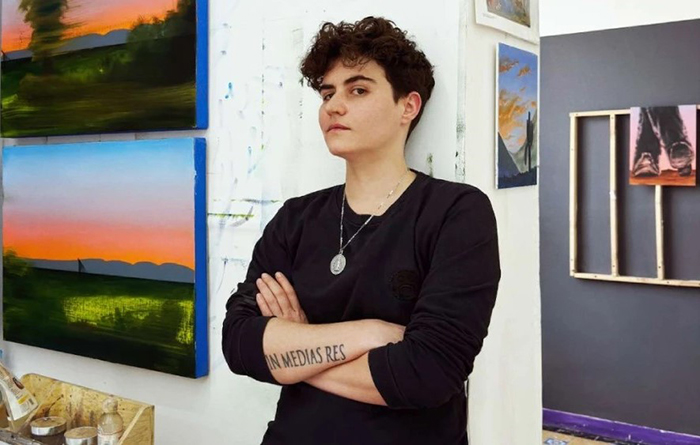
Ana Segovia for BAZAAR. Photography: Fer Piña.
Ana Segovia explores, through her work, masculinity and its stereotypes, as a result of sociocultural identity constructions. Her work shows influences from painters such as David Hockney, Dana Schutz and Francis Bacon, while she makes references from literature and film.
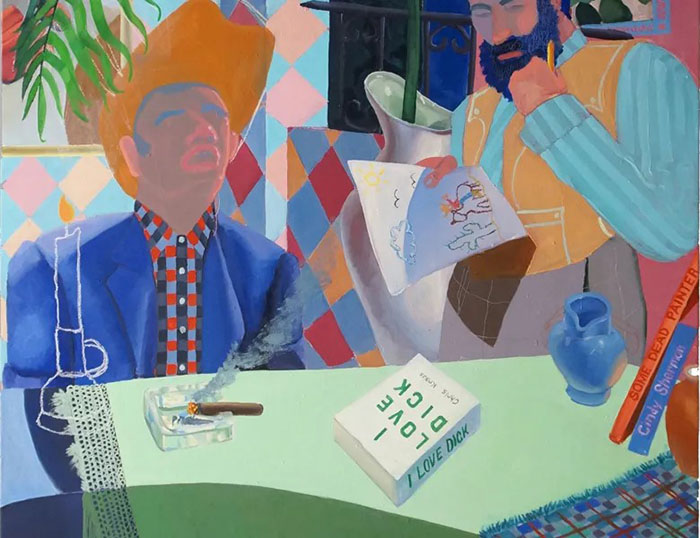
To some dead painters, 2016. Photography: Karen Huber Gallery.
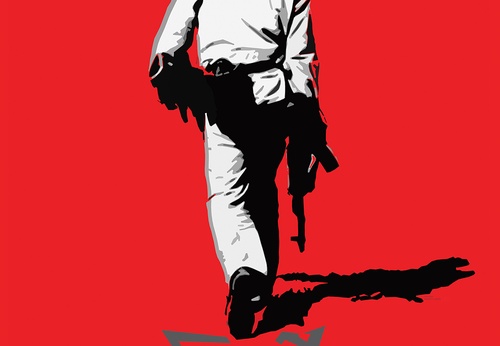
- July 02, 2025
Israel Will Surely Be Destroyed

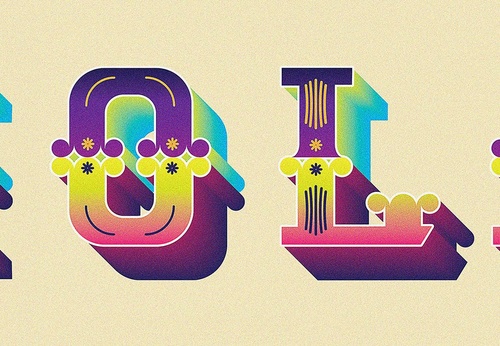
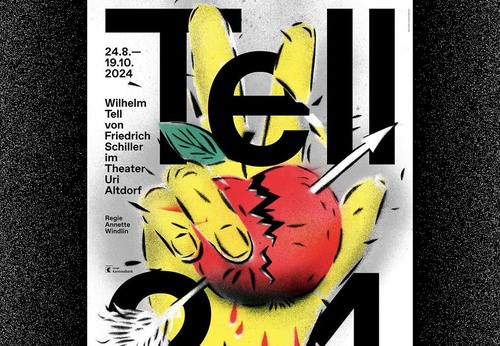
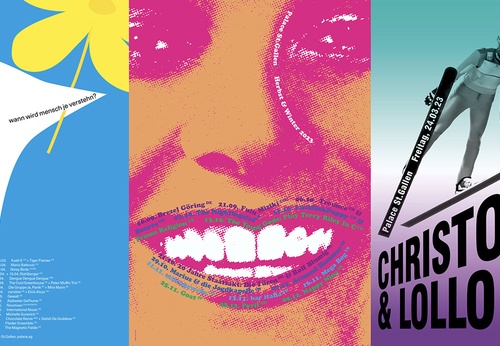
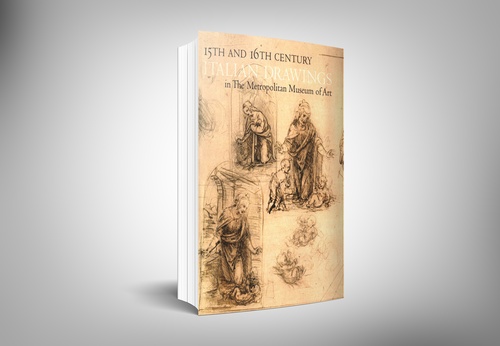
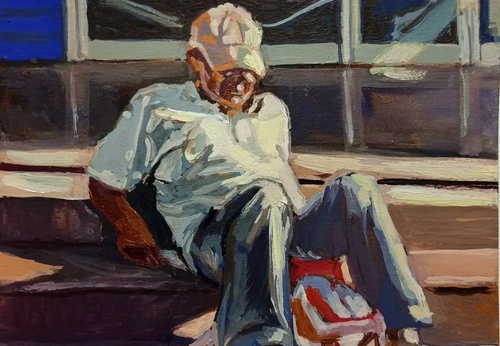
- July 01, 2025
Gallery Of Sculpture By Leandro Mompié - Cuba
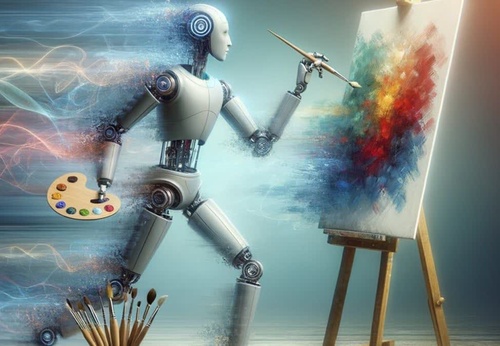
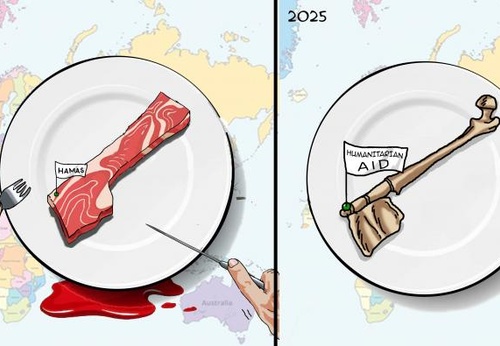
- July 01, 2025
The ruins of Gaza

- June 29, 2025
Peruvian painter Gerardo Chávez dies at…

- June 29, 2025
ARCOmadrid 2026 Opens Call for Entries …

- June 29, 2025
José María Velasco: The Landscape Artis…

- June 26, 2025
It houses 40 legacies of Latin American…

- June 18, 2025
Winners of the “Holosaide” event announ…

- June 18, 2025
The Major Exhibition of the Malba Colle…

- June 16, 2025
Pedro Roth Exhibition at the National A…

- June 15, 2025
Malba Pays Tribute to Luis Felipe Noé w…

- June 15, 2025
Contemporary Italian Painting on Displa…

- June 13, 2025
Impacto da Arte Digital na Sociedade

- June 13, 2025
The Geometric Essence of Fanny Sanín on…

- June 12, 2025
Guillermo García-Cruz's 'Divergent Stru…

- June 12, 2025
Book Brasília, the art of democracy wil…

- June 11, 2025
In 2025, SP-Arte Rotas will include nar…

- June 11, 2025
The Barranquilla Museum of Modern Art

- June 10, 2025
Discovery of William Turner's Work

- June 10, 2025
One of the largest art events in Latin …

- June 10, 2025
Centre Pompidou debuts in South America…

- June 09, 2025
MON opens its doors to a sensory worksh…

- June 09, 2025
Regional talent conquers spaces with co…

- October 08, 2023
Illustrations reflect the brutal Israel…

- December 25, 2023
The jury statement of the Iran-Brazil F…

- July 29, 2023
History of Caricature in Brazil

- September 01, 2023
Neural Filters in new photoshop 2023

- April 20, 2024
Poignant Image of Grief Wins Mohammed S…

- May 22, 2025
Brady Izquierdo’s Personal Exhibition O…

- March 21, 2024
The history of art in Palestine

- October 21, 2023
Erick Meyenberg and Tania Ragasol at th…

- March 14, 2024
museum of statue of van gogh

- August 09, 2023
Venezuela mural expresses solidarity wi…

- March 15, 2024
museum of sculpture of Salvador Dali

- March 30, 2024
illustration websites in Latin America

- May 20, 2024
Latin American Festival of Performing A…

- May 25, 2025
Bordalo II to hold exhibition in Paris …

- July 30, 2024
The artist from San Luis Mirta Celi rep…

- March 18, 2025
Works by Cuban Artist Eduardo Abela in …

- July 03, 2024
Newly discovered rock art in Venezuela

- April 18, 2024
Israel Pavilion at Venice Biennale clos…

- January 04, 2025
Material Art Fair 2025

- January 12, 2025
The Ralli Museum in Punta del Este

- February 18, 2024
7 Ways to Understand What Visual Arts A…

- May 15, 2024
Eleven murals for Gaza painted across t…

- October 08, 2023
Illustrations reflect the brutal Israel…

- January 02, 2025
13 commemorations that will mark the cu…

- October 17, 2023
The influence of Latin American artists…

- December 25, 2023
The jury statement of the Iran-Brazil F…

- November 17, 2023
Fernando Botero's work is booming after…

- July 29, 2023
Piracicaba International Humor Exhibiti…

- February 03, 2024
THE HISTORY OF NAIF ART

- November 06, 2023
Heba Zagout: Palestinian artist murdere…

- February 01, 2025
A maior exposição de Botero em Barcelona

- July 02, 2024
One of the largest urban art galleries …

- December 10, 2023
Sliman Mansour and Palestinian art on t…

- July 20, 2024
First International Mail Art Biennial 2…

- September 01, 2023
Neural Filters in new photoshop 2023

- October 30, 2023
Palestinian turns images of the Gaza co…

- October 23, 2023
Controversy over the project that will …

- March 14, 2024
museum of statue of van gogh

- February 06, 2024
Bolivian artists will be at the 2024 Ve…

- February 08, 2024


